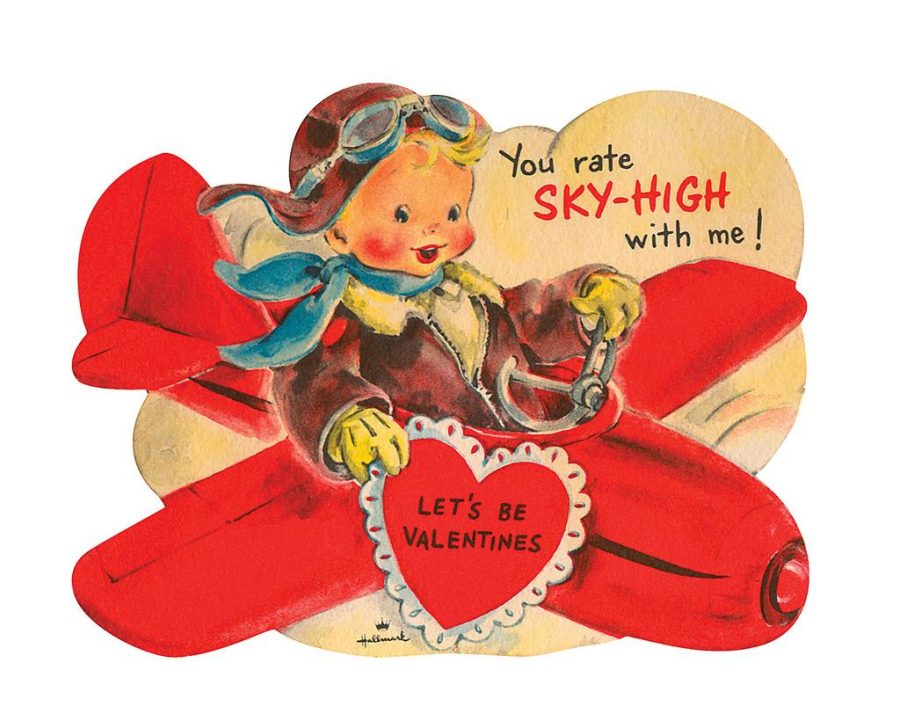While Valentine’s Day is often looked down upon as a commercial holiday with little true meaning, the original holiday had a much different meaning. The story of St. Valentine himself is rather mysterious, as there are multiple St. Valentines within the Catholic Church. The St. Valentine believed to be associated with the holiday is known as St. Valentine of Rome, in order to distinguish him from the others.
St. Valentine’s Day originated in the Roman Catholic Church to commemorate the death of St. Valentine, which may or may not have happened in the middle of February. Some believe the holiday was moved to its current date to coincide with the pagan holiday “Lupercalia,” which was a festival to celebrate the founders of Rome, Romulus and Remus, and the Roman god of agriculture, Faunus.
The holiday was celebrated with the sacrifices of a goat and a dog, as well as some other not so pleasant traditions. One tradition in Lupercalia, however, does hold some similarity to our Valentine’s Day in that romance is slightly involved – all young women in the city would place their names inside an urn. The eligible bachelors from the city would then pick a name out of the urn and be paired with the woman for that year, and most of the matches did end with marriage for the hopefully happy couple.
As Christianity rose in popularity, Lupercalia was eventually outlawed by the Pope and February 14 was officially declared to be St. Valentine’s Day at the end of the 5th century. However, it still wasn’t a celebration of love, like it is today. Familiar Valentine’s Day greetings began appearing back during the Middle Ages.
The oldest written Valentine’s Day greeting is believed to be a poem written by Charles, Duke of Orleans, in 1415 for his wife while he was imprisoned. The romantic origins of the holiday are linked to author Geoffrey Chaucer, who wrote a poem that gave the day a romantic link.
While it is still celebrated as the feast day of St. Valentine in the church, today the holiday signifies a celebration of love and romance and often features the exchange of cards and gifts, such as flowers, candies, and jewelry.
In 19th century England, paper Valentine’s Day cards rose so dramatically in popularity that they were created in factories. With the invention of the postage stamp, cards were able to be sent anonymously, thus increasing the number of valentines that were sent.
Heart-shaped chocolate boxes first appeared in 1868 and were created by the British chocolate company Cadbury. These quickly became a popular gift and are extremely common on store shelves still to this day.
Other gifts, such as jewelry, started to appear for the occasion in the 20th century. There are an estimated 190 million Valentine’s Day cards exchanged each year in the United States, according to the US Greeting Card Association. Half of them are believed to be given from one family member to another (other than a spouse) as parents often do for children.
Valentine’s Day today is often associated with sugar-filled kids exchanging paper cards in classrooms, and the holiday is commonly called a “Hallmark holiday,” due to the commercialization of the day and the monopoly companies like Hallmark seem to have on it.
However it is you plan to celebrate this light-hearted holiday, though, remember to stay safe as you enjoy it. Happy Valentine’s Day from all of us at the Lode!





